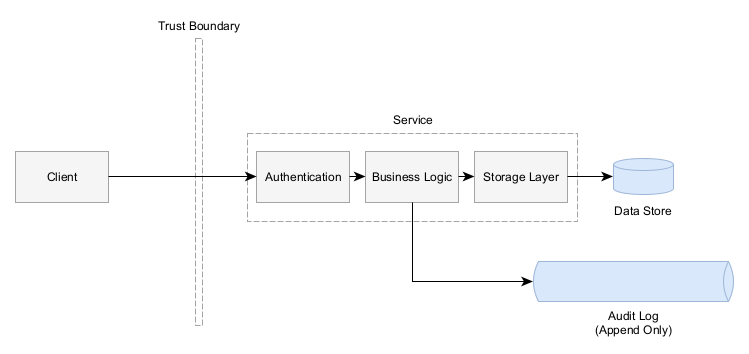In the previous post in this series, I selected an energy monitoring system that is purely local based (no cloud), integrates into the breaker box, and showed how to connect it to the network and configure the size of each circuit. In this post, I’ll show how to connect the BrulTech GreenEye Energy Monitor to HomeAssistant and create some useful monitoring dashboards.
GreenEye Monitor Firmware
While trying to connect my monitor to Home Assistant, I came across a firmware bug in the GreenEye Monitor and found a forum thread that Brultech had a bug with their packet formats which has been fixed in firmware version 5.39+. To check and find the serial number which will be needed, navigate to http://{monitor ip}:8000/, then click “Enter Setup Mode”.
